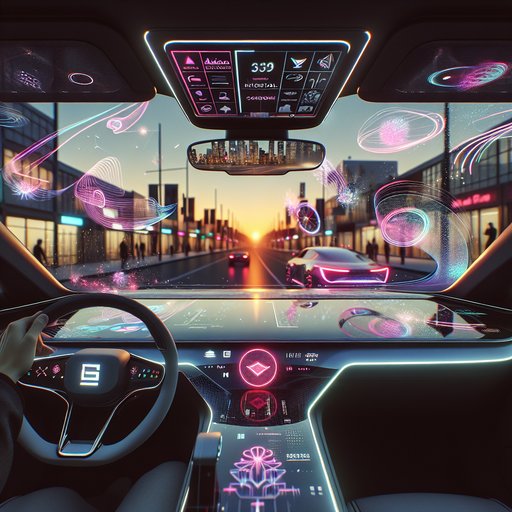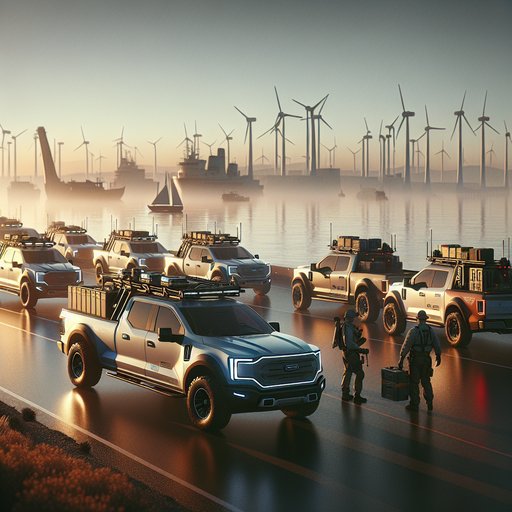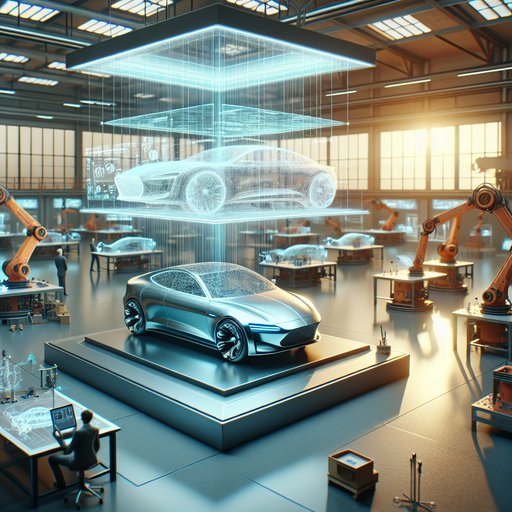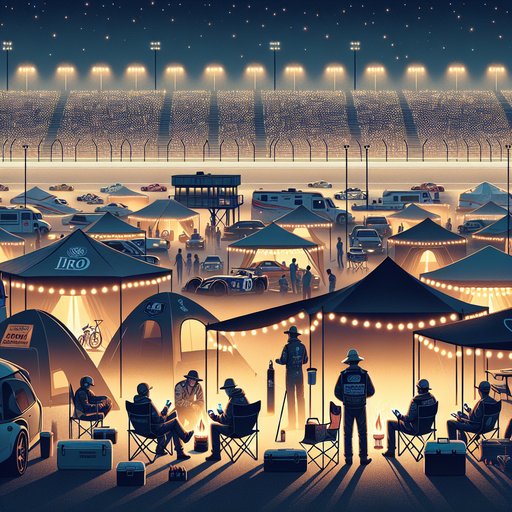
Augmented-reality overlays and head-up displays are moving from lab demos to production cars, and the art world is seizing the moment. Designers and media artists are treating the windshield as a stage where typography, motion graphics, and soundscapes choreograph guidance as culture, not just utility. Institutions and curators are commissioning driveable installations, while collectors test limited-edition interface themes that turn driver assistance into a new kind of exhibition space. As 2025 models debut with panoramic HUDs and richer spatial cues, the dialogue between studios, museums, and automakers is clarifying what an aesthetic—yet legible—AR road ahead should look like.

Across defense and public-sector fleets, the humble pickup is being redeployed as a flexible, fast, and increasingly electrified tool. In the past year, ministries of defense, police departments, and emergency agencies have expanded their use of light trucks for patrol, logistics, and disaster response, leaning on commercial platforms for speed and cost control. New procurement deals in Europe, EV pilots in North America, and field lessons from Ukraine all point to a single trend: off-the-shelf pickups, lightly upfitted, can do more with less. The practical payoff is visible today in lower operating costs, quicker deployment, and easier maintenance.

Digital twin simulations—high-fidelity, living models of vehicles, factories, and workflows—are reshaping how cars are conceived, built, and verified. In 2025, automaker design studios are using them to iterate on surfaces and fit-and-finish with the same care a sculptor brings to clay, while production teams trial robot choreography and tooling virtually before metal is cut. Museums and design institutions are beginning to showcase these visual systems to broader audiences, helping demystify how craft and code now intersect on the factory floor. The immediate result is fewer surprises during launch, tighter quality loops, and a clearer thread between the artist’s intent in the studio and the car customers experience on the road.

Endurance racing invites fans to participate as much as spectate, turning each June at Le Mans and every January at Daytona into round-the-clock festivals. Supporters build temporary villages, follow strategy live, and meet drivers during pit walks and autograph sessions. Whether trackside at Spa or Fuji, or tuned in from afar with timing apps and radio, fans shape the rhythm of the marathon. Their rituals, technology, and community traditions knit together the culture of WEC and IMSA, season after season.